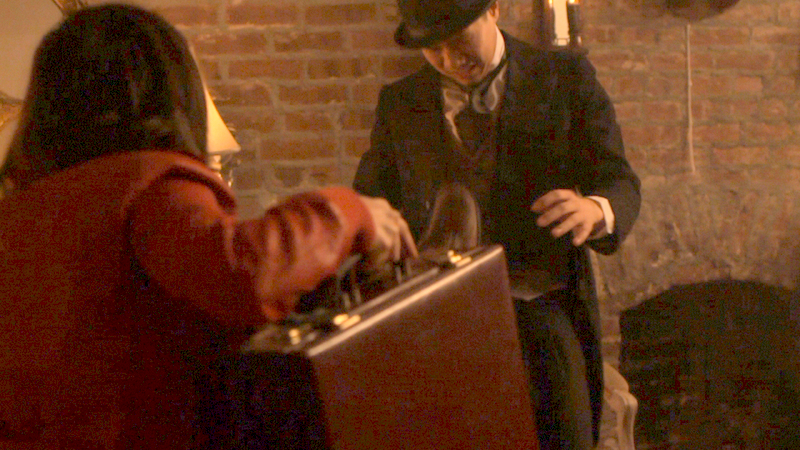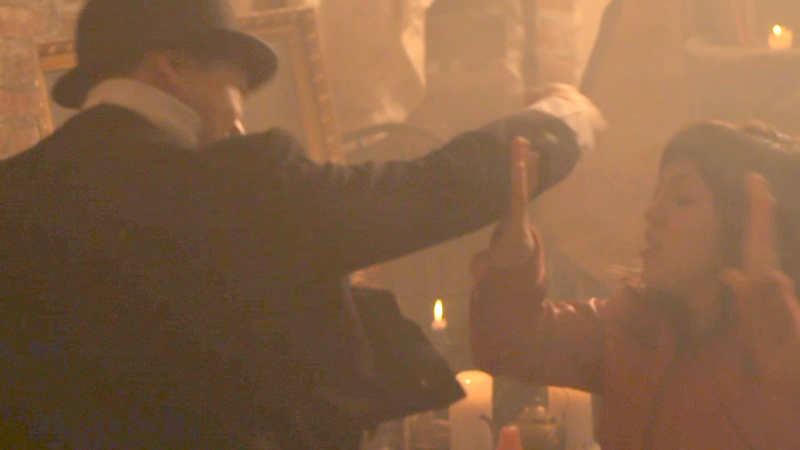We’re shooting a cool music video, and there’s a fight scene smack dab in the middle. The scene calls for the lead actress to beat up two guys – me and another stunt guy.
I get there a little early, and get a quick low-down from the director as to what he’s envisioning for the scene. While they start shooting, the other stunt guy arrives. We introduce ourselves, trade our backgrounds (karate/aikido/krav maga for me, jeet kune do/kali/escrima for him, we’d even worked together unknowingly on Dark Knight Rising), and then start putting the fight scene together.

We both know that the we’d have to adjust to whatever the lead actress is comfortable doing. I talk to her briefly, and she’s a dancer, and has a little stage combat training. The fight scene is pretty short, and someone with good body control should be able to pick it up with a little practice and do just fine.

He’s obviously put a little thought into a few sequences he’d like, and same for me. We work on them – making sure we understand what the moves were – and here’s the important thing – from both sides – meaning both as attacker and defender. It has to be that way, because we have to first teach each other the sequence, and then switch so that we can practice the role he’ll play when we match up with the lead actress.

After we get it down, we start walking the lead actress through it. Here, our previous practice to learn both sides of the fight pays off. One of us can mirror for her, and the other can play the appropriate role for when we’ll shoot. She picks it up, we make tweaks and adjustments along the way, it’s all good. Then the director takes a look at what we’ve got, a few more tweaks, and then we’re ready to shoot.

The shoot itself goes fairly smoothly – we know what we were doing. As they’re doing some pickups, I chat with the producer. She asks, “Is it hard to put together a fight scene like that?”
I say, “Well, you watched us do it.” I go on to explain that there’s a rhythm to a fight scene. There’s a particular vocabulary – of kicks and punches, movements and shifts – like a dance. Just like a director would put a shot together – taking into account everything from the space to the lighting to the actors, a fight choreographer puts a fight together the same way. It’s a pleasure to show what we can do.




